BoJ left monetary policy unchanged as widely expected. Under the yield curve control framework, short-term policy interest rate is held at -0.10%. 10-year JGB yield is kept at around 0%, with bond purchases without upper limit. 0.25% fixed rate purchase operation will continue to be held to cap 10-year JGB yield. The decision was unanimous.
In the new economic projections:
- Fiscal 2022 GDP growth forecast was downgraded from 2.4% to 2.0%.
- Fiscal 2023 GDP growth forecast was downgraded from 2.0% to 1.9%.
- Fiscal 2024 GDP growth forecast was upgraded from 1.3% to 1.5%.
- Fiscal 2022 CPI core forecast was upgraded from 2.3% to 2.9%.
- Fiscal 2023 CPI core forecast was upgraded from 1.4% to 1.6%.
- Fiscal 2024 CPI core forecast was upgraded from 1.3% to 1.6%.
- Fiscal 2022 CPI core-core forecast was upgraded from 1.3% to 1.8%.
- Fiscal 2023 CPI core-core forecast was upgraded from 1.4% to 1.6%.
- Fiscal 2024 CPI core-core forecast was upgraded from 1.5% to 1.6%.




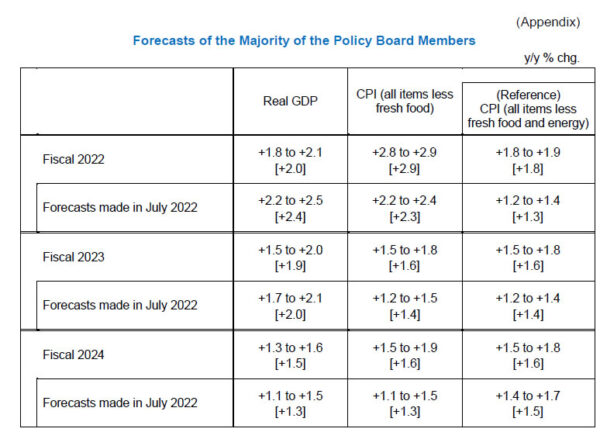

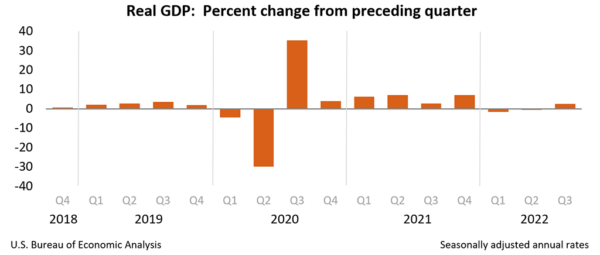
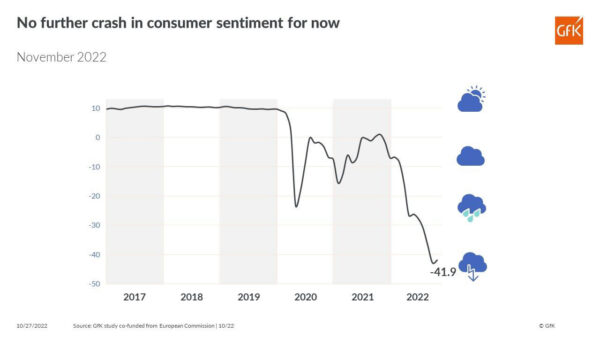
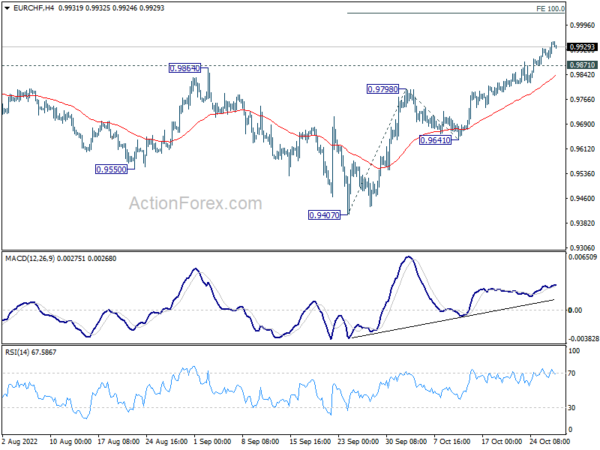
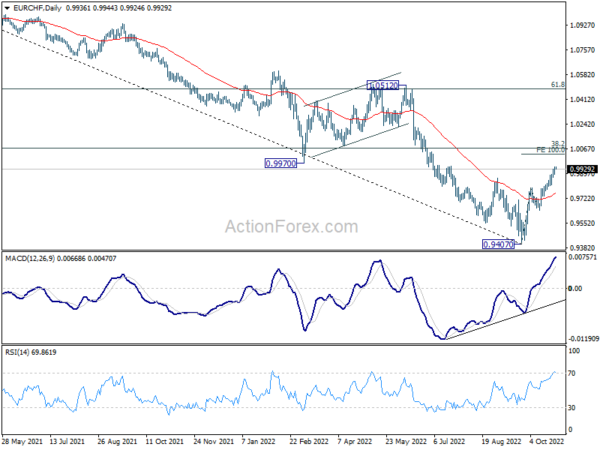
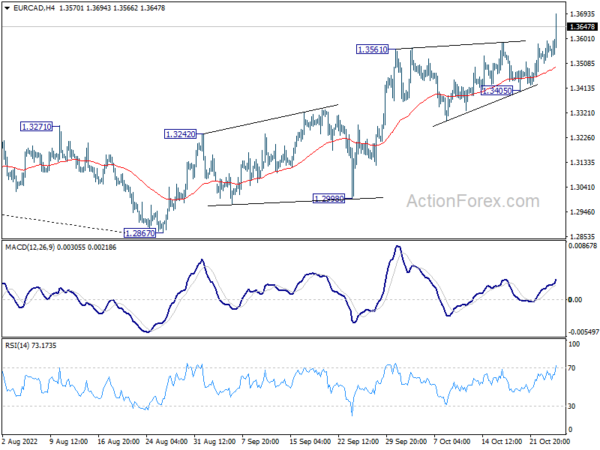
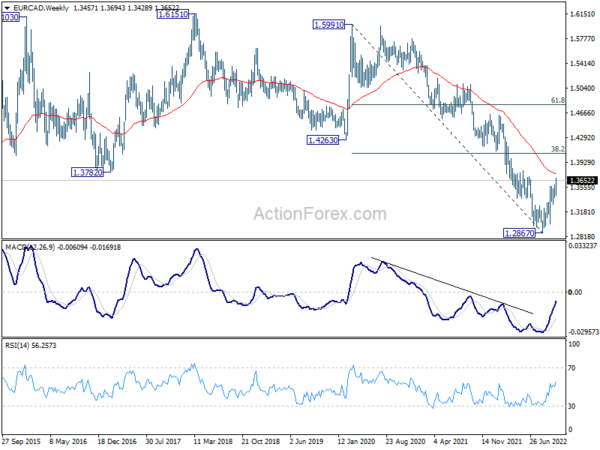

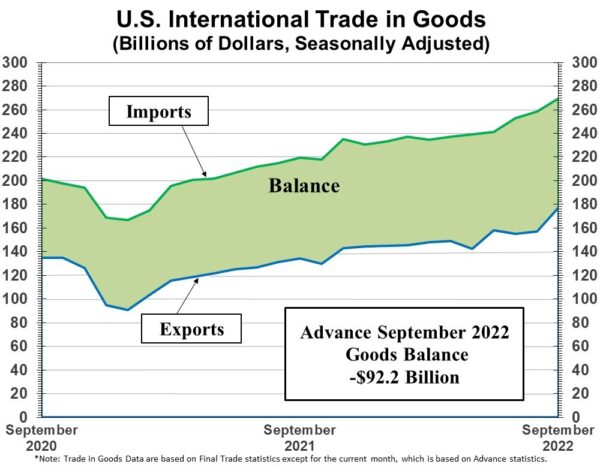
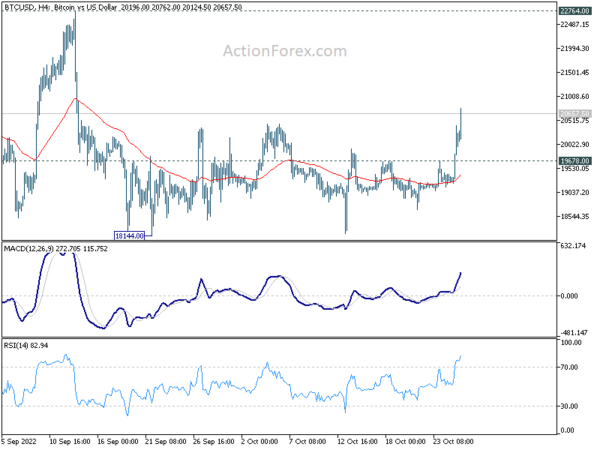
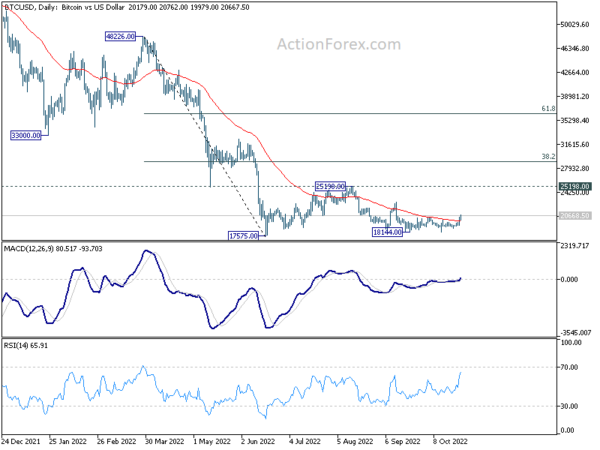
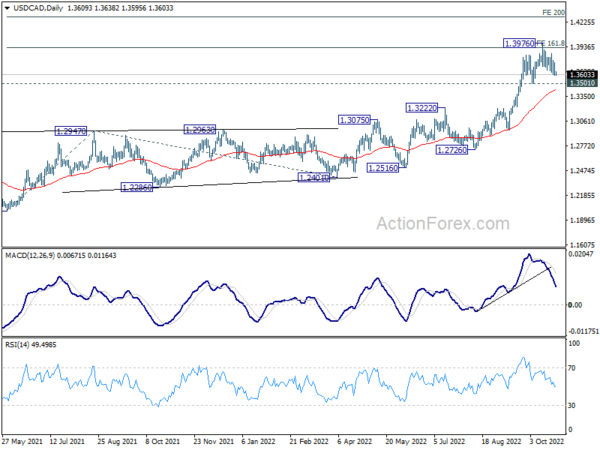
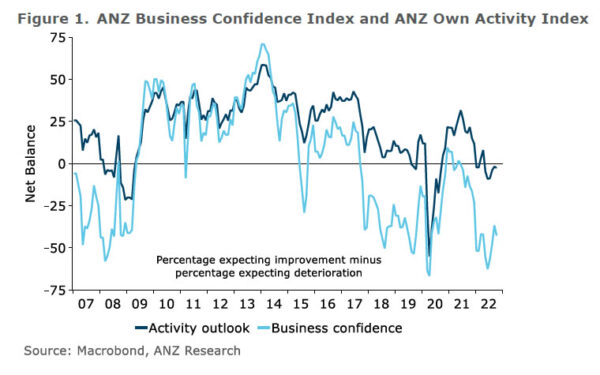
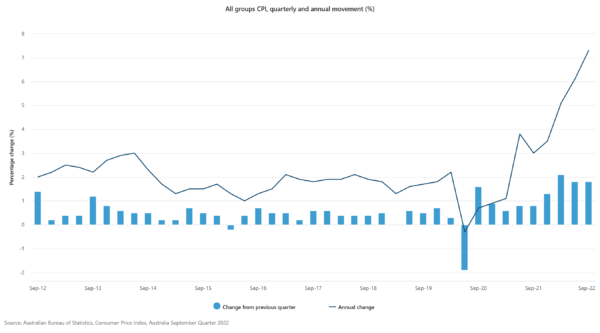
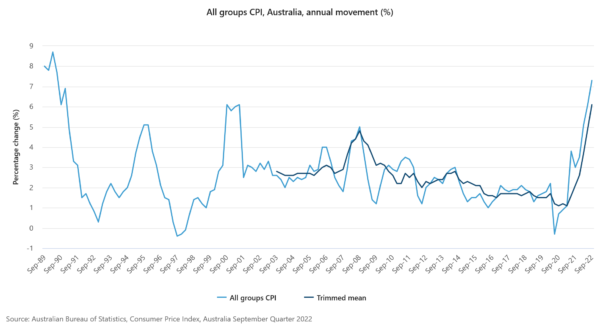
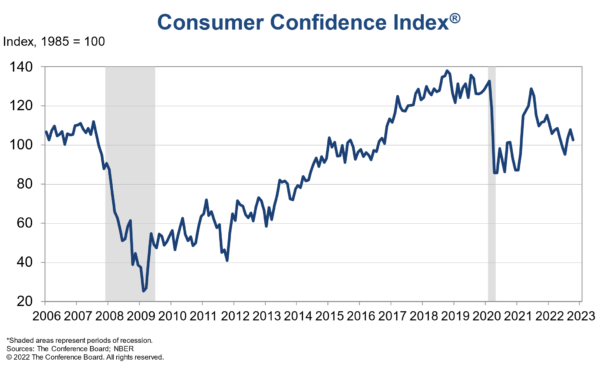
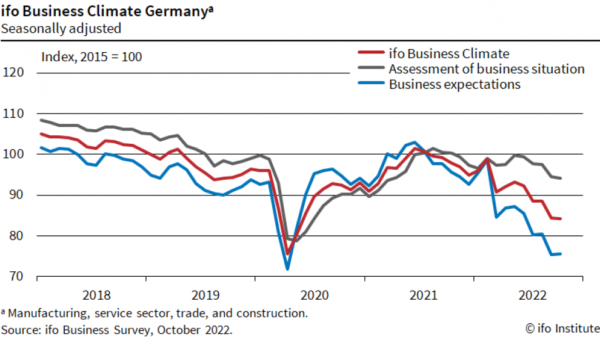
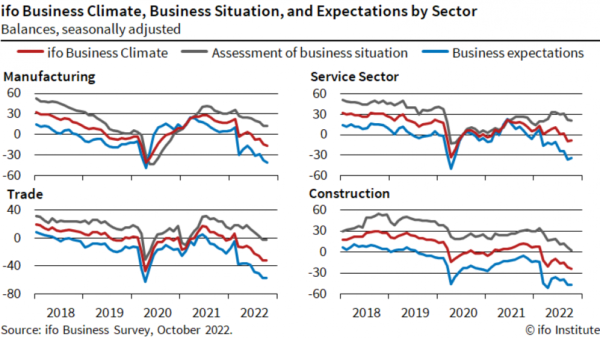
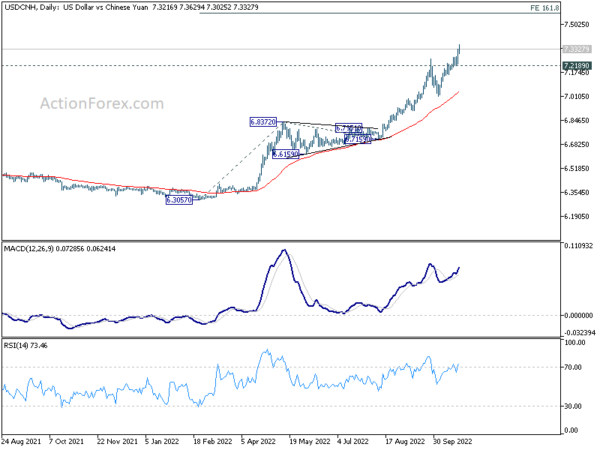
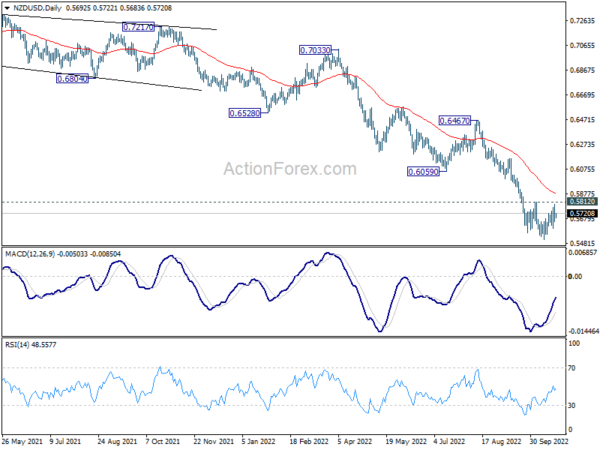

IMF cut Asia growth forecasts to 4% in 2022, 4.3% in 2023
IMF lowered Asia’s growth forecast in to 4.0% in 2022, 4.3% in 2023, and 4.6% in 2024. Japan’s growth forecast was held unchanged at 1.7% in 2022, downgraded slightly to 1.6% in 2023, and raised to 1.3% in 2024. For China, growth forecasts was downgraded to 3.2% in 2022, 4.4% in 2023, and 4.5% in 2024.
“As the effects of the pandemic wane, the region faces new headwinds from global financial tightening and an expected slowdown of external demand,” the report said.
As for China, “with a growing number of property developers defaulting on their debt over the past year, the sector’s access to market financing has become increasingly challenging,” the report noted.”Risks to the banking system from the real estate sector are rising because of substantial exposure.”
Full report here.